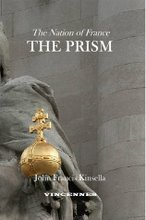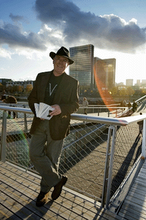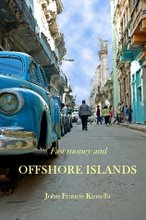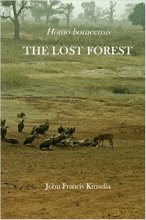Paper and writers
A paper essay; this is not an essay simply couched on paper, but an essay about paper and writing. As a writer it is natural that I am interested in paper, it is the basis of this…can I say obsession…to put ideas on paper, to record them, for what precise reason is difficult to say. Without paper we would still be writing on stone and paper in one form or another has been the support to communicate written ideas of all possible kinds for more than two and a half thousand years.
I can speak from forty years of experience in the paper industry - modest in comparison to those two and a half thousand years, but quite a lot for a writer. Some have spoken of the demise of paper, including myself, but its future seems to be more assured than ever. News papers had seemed threatened by Internet; however, it appears they have found another parade in the form of ‘free’ papers.
On the subject of newspapers it can be observed not many writers are that close to paper, that is paper in any quantity, apart from journalists who live with those huge reels and printing presses, though perhaps what with modern technology they are no now not as close to them as they were. The paperless age still seems far away in spite of efforts to produce electronic books, the latest of which is Amazon’s model of a supposedly convenient hand held e-book. However, we humans are for the moment hooked on our paper versions of books, newspapers, magazines and brochures.
After the pleasure of feeling and reading a new acquisition, old or new, we use it to decorate the bookshelves that declare our intellectual pride? Not really possible with characterless plastic DVD boxes that we now see on the shelves of others or even our children, next to computer game boxes, today videocassettes seem to have slightly more respectability, though unfortunately there’s a good chance that our videocassette player no longer works or has perhaps been inadvertently thrown out in our last clean out of older electrical devices.
We prefer to download our throwaway news from our handy newsvendor for a couple of dollars or so and once finished with it we dispose of it without more ado than by chucking it in our nearest trash bin. In any case it has little value and if it is mislaid in a taxi or on the subway it's of little consequence; it never runs out of power and if something special attracts our attention it can be cut out and stuffed in a pocket or a drawer. Magazines have those nice glossy photographs that speak more than words. Magazines analyse or condense older news that we can read when we relax on a train or a plane, we like to hang on to them a little longer than a newspaper.
So coming back to paper; my first encounter with it was when I got a job during my summer holidays of 1955, did I say 55? Yes, I was fifteen years old and lived in central
When I left school I joined an engineering firm in
What did I do most of that time, design new processes, invent new technologies…no…I suppose in retrospective I talked a lot, discovered the world, from the Russian Taiga to the forests of Indonesia, from pulp mills in New Zealand to Canada, from paper mills in South Africa to Scotland, and businesses from Santiago de Chile to Helsinki.
That’s for the background, so what about this paper? Paper is an essential need, one of the first needs of an emerging nation, one of the key industries for a highly developed nation. It provides printing and writing paper, news and magazine paper, packaging and wrapping materials. Paper is abundant and cheap, essentially produced from wood mostly grown in vast manmade forests and plantations in the northern hemisphere, but more and more in the tropical belt and to a lesser degree in
Little is heard about paper manufacturing, it is not spectacular, and although its manufacturing plants are huge they are discretely hidden in the more isolated regions of North America and
Paper is not only the raw material for printers and packers, but the raw material for book publishers and writers. Now, what practically all writers forget is that paper is a business, as is book publishing, which reminds me of a visit to a notary’s office in the east of
There are no excuses, we write compulsively, those who talk of intellectualism and creativity in writing wear cloaks of snobbery and pretension, which whilst said both good and bad writers exist. Each one has his story and each story has its narrator and sometimes a listener, the writer is a mere translator of the recital.







